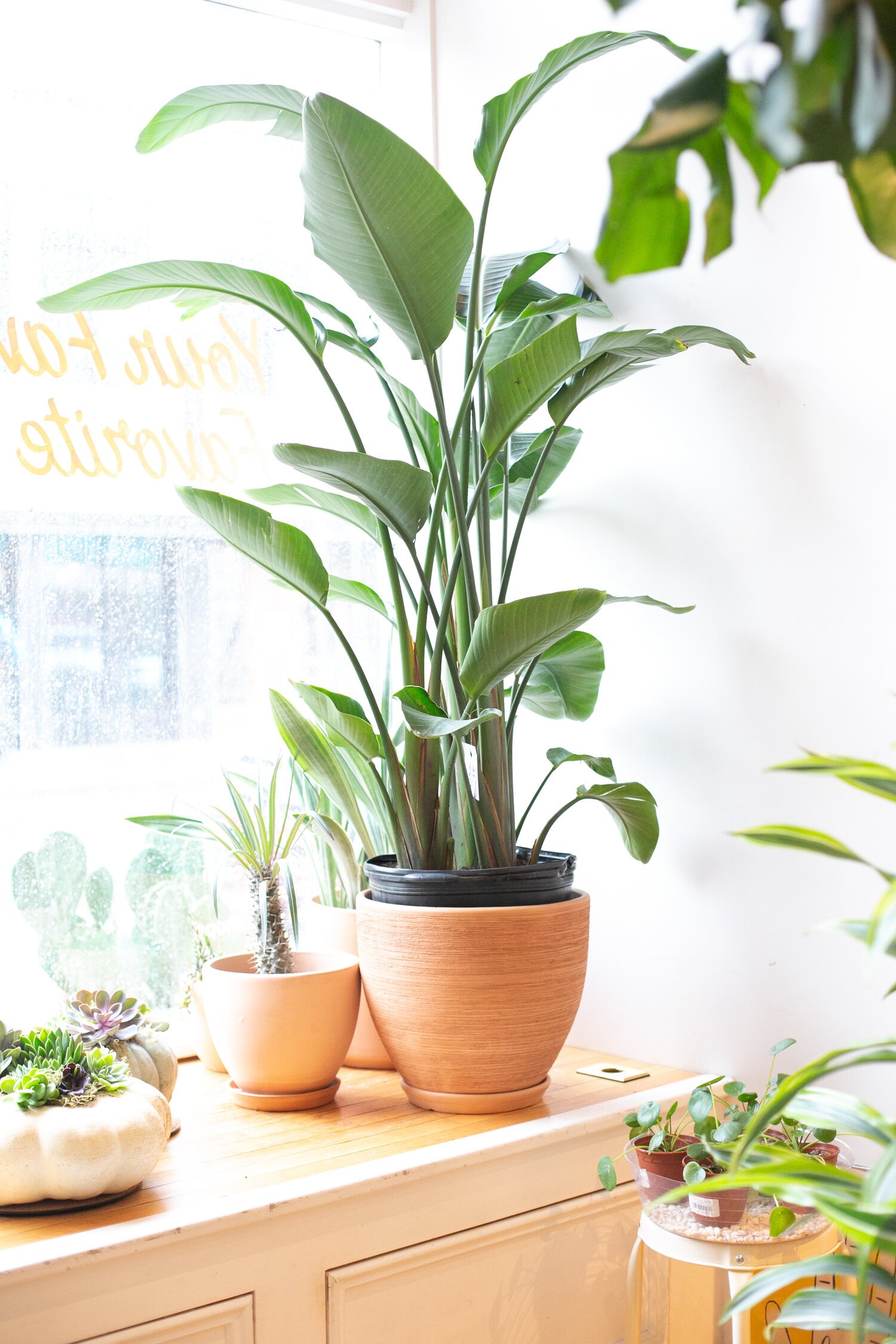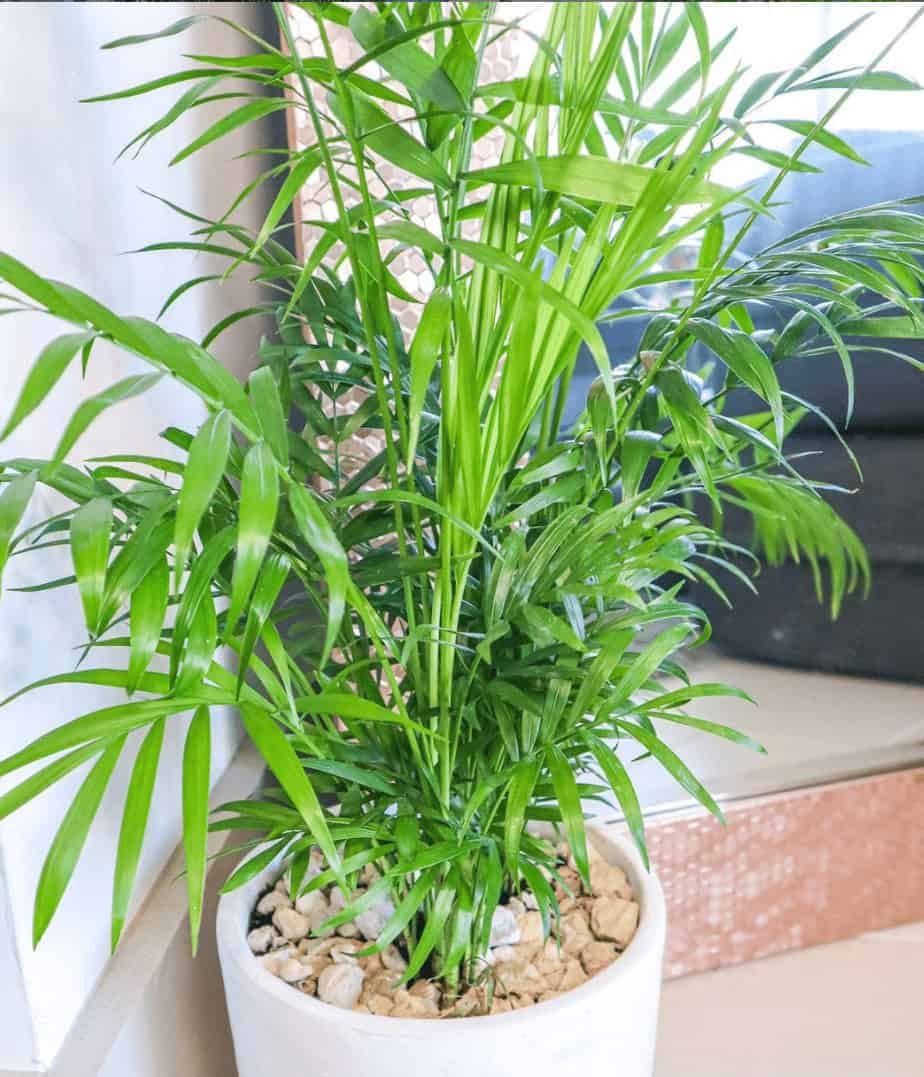Mycelium-Infused Soil is a Game Changer for Rare Houseplants
Discover the Benefits of Mycelium-Infused Soil for Rare Houseplants
At Greens Avenue Plant Company, we specialize in rare houseplants and mycorrhizal soil systems, including our specially formulated LifeSource Smart Soil. This innovative soil blend is infused with mycelium, a powerful fungal network that works symbiotically with plant roots to enhance nutrient absorption, improve water retention, and boost disease resistance. For plant lovers in drier climates, LifeSource Smart Soil offers an eco-friendly way to recreate the natural ecosystems rare plants need to thrive indoors. Give your plants the best care with mycelium-infused soil and watch them flourish!
Why Mycelium-Infused Soil is a Game Changer for Rare Houseplants
As a houseplant enthusiast, you already know that rare plants require specialized care to thrive. One of the best-kept secrets in plant care is mycelium-infused soil, and it’s transforming the way plants grow, especially in drier climates. At Greens Avenue Plant Company, we specialize in rare houseplants and **mycorrhizal soil systems**, including our specially formulated LifeSource Smart Soil which is designed to support houseplants in challenging, dry environments.
What is Mycelium?
Mycelium is a network of fungal threads living beneath the soil. It plays an essential role in plant ecosystems, forming symbiotic relationships with roots called mycorrhizae. Mycelium helps plants absorb water and nutrients more efficiently, creating stronger, healthier growth.
Why Mycelium Matters for Rare Houseplants
Rare houseplants often have specific needs, and replicating their native environment indoors can be difficult. This is where mycelium-infused soil, like our LifeSource Soil, comes in. Here’s why it’s beneficial:
1. Boosted Nutrient Absorption
Rare plants can be more delicate, requiring specific nutrients in the right balance. Mycelium acts as an extension of the root system, pulling in hard-to-reach nutrients like phosphorus and nitrogen. This promotes more vigorous growth and healthier plants, especially for those with niche needs.
2. Water Efficiency for Drier Climates
Many rare plants thrive in drier climates but struggle with inconsistent watering indoors. Our LifeSource Soil retains moisture efficiently without becoming waterlogged, thanks to the mycelium, which helps distribute water evenly around the roots. This is particularly beneficial for plants that prefer balanced moisture levels while reducing the risk of overwatering and root rot.
3. Enhanced Disease Resistance
Mycelium forms a protective barrier around roots, outcompeting harmful pathogens and bolstering the plant's immune system. Rare plants grown in mycelium-infused soil are more resistant to root diseases and pests.
4. Mimicking Natural Ecosystems
Many rare houseplants come from specific environments where mycorrhizal fungi play a vital role. Using mycelium-infused soil, like our LifeSource Smart Soil, recreates part of their natural ecosystem, making it easier for the plants to adjust and thrive indoors, particularly in drier climates like Denver.
5. Sustainable Growing Solution
Mycelium-infused soil is an eco-friendly option. It reduces the need for synthetic fertilizers and pesticides, making it a more sustainable way to care for your rare plants. LifeSource Soil is formulated with sustainability in mind, giving you a green and effective way to keep your plants thriving.
How to Use Mycelium-Infused Soil for Your Rare Plants
At Greens Avenue Plant Company, we’re passionate about creating the perfect growing environment for rare houseplants. We recommend using LifeSource Smart Soil whenever you repot your plants, especially for those in drier climates. Here’s how to make the most of it:
Repot your plants into LifeSource Smart Soil, making sure the roots make direct contact with the soil to establish a strong mycorrhizal relationship.
Monitor your watering. The soil’s excellent moisture retention reduces the need for frequent watering.
Use organic fertilizers to maintain a healthy soil environment and protect the mycelium.
Why Choose LifeSource Smart Soil?
For rare houseplant collectors, every detail counts. LifeSource Soil, available exclusively at Greens Avenue Plant Company, is designed to meet the needs of houseplants in drier climates like Denver’s. With its blend of mycelium-infused components, it helps your plants not just survive, but thrive in less-than-ideal indoor conditions.
By choosing LifeSource Soil, you’re giving your plants the best chance at long-term health, ensuring they remain vibrant, resilient, and beautiful—no matter where you’re growing them.
2023 top 3 Houseplant Trends
Remember when the Fiddle Leaf Fig was the plant to have? Or how about the Monstera obsession? We do. All of our homes are currently full of these green beauties, and we love them just as much as day one. But the new year is approaching with new plant trends. New year, new plants they say! With 2023 right around the corner, it is time to clear some space for these trending plants of the new year
Black Velvet Alocasia
Already one of my favorites and a top seller of Greens Avenue Plant Company, the Black Velvet Alocasia comes in at number one for houseplant trends of 2023.
This plant is a wonderful option for the lower light areas in your home. The dark, velvety leaves of this plant thrive in moderate to bright, indirect light conditions and are generally low maintenance.
Bird Of Paradise Tree
With houseplants quickly becoming a staple of interior design, there is no better piece of living art to put in your home than a tree-like plant.
With heights of over 6 feet tall, this plant prefers bright indirect light. Direct lighting is also good for placement, as long as it is a few feet away from the light source. These trendy plants are very low maintenance and do well in most environments.
Cat Palm
Known for being resilient and hardy, the Cat Palm Plant is an ideal plant for both indoor and outdoor keeping.
This plant can survive dramatic shifts in both lighting and temperature, making it an ideal choice for plant lovers who have a busy lifestyle. Bright, indirect lighting and watering when it is 50% is all this plant needs to thrive in your home.
Your Favorite
All three of these plants make a wonderful addition to any home. All are low maintenance and are starting to become very popular choices for plant lovers. Which one is your favorite?
Winterizing Your Houseplants
Tips on winterizing your houseplants from Greens Avenue Plant Company.
If you’re anything like me, you love spring through the early parts of fall. Your plants are lush and thriving. They are pushing out new beautiful new leafs and they are displaying healthy signs of growth. It’s also a time to enjoy pruning and re-potting. All of that comes to a screeching halt once November rolls around and many of our plants become dormant. At that point, it feels like you’re basically tending to the soil. But all of our efforts throughout the winter is what will give us an exciting and fulfilling spring and summer. Below are some small things to do to keep yourself busy and your plants happy.
Placement
If you are cold next to your windows, so are your plants! Especially your tropical plants who love full sun when it’s warm out. Even if you insulate your windows, it’s best to move your plants to a warmer, more temperature stable place in your home.
Lighting
Even though many plants go dormant (slow growth), and some even go into complete hibernation (no growth), it is important to supplement lighting during the short winter days. Artificial plant lighting also give you more versatility on where to keep your plants. You can set up plants in any room of your home, even windowless rooms and they will still thrive.
Insulation
I personally love to add mulch to my indoor plants, and my outdoor garden. Pine bark helps to prevent against gnats, and acts as a cat and critter deterrent. Mulch serves as insulated shady covering for potting soil stopping plant roots from overheating during the summer. Mulch also helps insulate roots during winter months. Plus it looks really nice and adds a nice visual consistency both indoors and out. Whatever substrate you decide to go with to insulate during the winter, pack it as close to the base as possible, while making sure to leave an inch or two of non covered soil around the outer edge of your plant. With less water evaporation in the winter, too much mulch will cause too much moisture retention in your plant and could cause your roots to rot.
In addition to the tips above, remember to save the fertilizing for the spring and summer months. You can also place your plants closer together so they can generate some of their own warmth. And do not panic if you are noticing leaf drop! Just as the trees lose leaves in the Fall, your plants will also push off leaves that are consuming too much energy, or are dying. But always remember, your plants are making room for bountiful growth that you will see during the Spring time.
May you have a peaceful and restful Winter.
The Variegated Monstera
The Basics In Caring For Your Variegated Monstera Plants!
Once you’ve discovered beautiful Monstera plants and think they can’t get any better, you come across the variegated varieties and are blown away by their color variations. Variegated monsteras have the same shape and form you know and love, but they are often seen with white, light green, and sometimes yellow variegations. The Variegated Monstera plants have require care practices similar to the well known green Monstera deliciosa plants. But, they are a bit more sensitive and they do require more light. The variegated varieties are pretty rare, but with some serious searching, or luck, you can find and add one of these beautiful plants to your collection.
Variegated Monstera Plants – The Basics
The Variegation you see in Monstera plants is caused by a genetic mutation. This special mutation prohibits the plant’s cells from producing chlorophyll, which results in discoloration in the tissue. Because they don’t have as much chlorophyll, they have a harder time taking in light. Variegated Monstera plants require at least six hours of bright yet indirect light each day. They need moderate humidity and an air temperature between 65-80ºF. Plant them in well-draining soil and water only when the top one to two inches of soil is dry.
Food
These plants aren’t heavy feeders, but they will benefit from regular doses of houseplant fertilizer. Apply a general houseplant fertilizer once a month in the late spring through early fall. You don’t need to fertilize outside of this time frame.
Repotting
Variegated Monsteras are slow growers, so you don’t need to repot them very often. If they do outgrow their current container, you can move them to a new container that is a few inches bigger than their current container.
Pruning
Monsteras are known for their growth. While the variegated varieties do grow slower than others, they can still become quite large.
You can prune away the leaves of your plant using a pair of sharp, sanitized shears. If you do prune, do so in such a way that you can propagate new plants from the material you cut away.
While plant care is often more involved than the steps listed above, it is important to note that you should not become overwhelmed by rare plants. They require all the love, water, and light as other plants. Sometimes just more or less.











